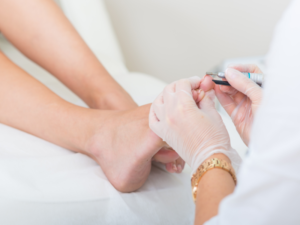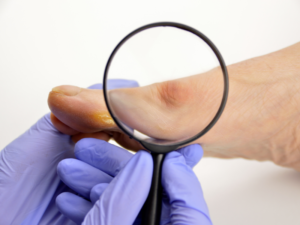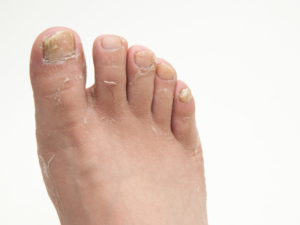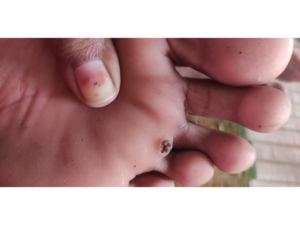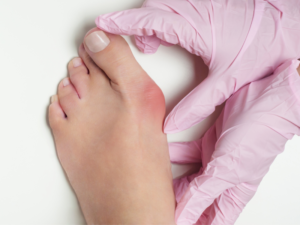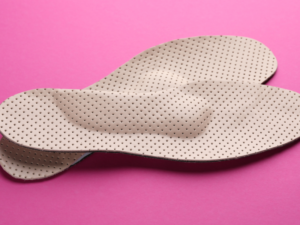- Ingrown toenails and other problem toenails
- Corns
- Fungal infections (athletes foot)
- Verrucae
- Diabetic foot care advice.
- Chiropody assessment and treatment
Ingrown Toenails
An ingrowing toenail is where a piece of nail pierces the flesh of the toe. It may feel as if you have a splinter, and be incredibly painful and inflamed or infected. In more severe cases, it can cause pus and bleeding. Ingrowing toenails most often affect the big toenail, but can affect the other toes too.
Involuted & Convuluted Toenails
A nail that is curling (involuted or convoluted) into the flesh, but isn’t actually piercing the skin, isn’t an ingrowing toenail but can feel very painful and can also appear red and inflamed. Chiropody treatment for ingrown toenails can involve removing the protruding part of the nail and covering with an antiseptic dressing. The treatment depends on the severity of the condition.
What are the treatments?
Before you are seen by our Chiropodists / Podiatrists you can relieve the discomfort by bathing your foot in a salty footbath to help prevent infection and to reduces inflammation. Then apply a clean sterile dressing, especially if you have a discharge, and rest your foot as much as possible.
Your treatment will depend largely on the severity of your condition:
- For the most basic painful and irritable ingrowing toenail, the offending spike of nail will be removed and the toe covered with an antiseptic dressing.
- For toes too painful to touch, a local anaesthetic will be injected before removing the offending portion of nail.
- For involuted nails, part of the nail that is curling into the flesh is removed and then the edges of the nail are filed to a smooth surface
- For any bleeding or discharge from an infection, or even excessive healing flesh around the nail, antibiotics will be prescribed to manage the infection as well as having the offending spike removed.
- For those particularly prone to ingrowing toenails from underlying problems such as poor gait, a partial nail avulsion (PNA) may be recommended along with finding a more permanent solution to the underlying condition. This procedure is done under a local anaesthetic where part of the nail is removed (including the root), leaving a permanently narrower nail. In some cases a total nail avulsion (TNA) may be performed, where the entire nail plate and root are removed. In either case, the chemical phenol is used to cauterise the nail and prevent it regrowing. This is over 95% successful. You will, however, have to go back to your podiatrist for a number of re-dressings
Verrucae
